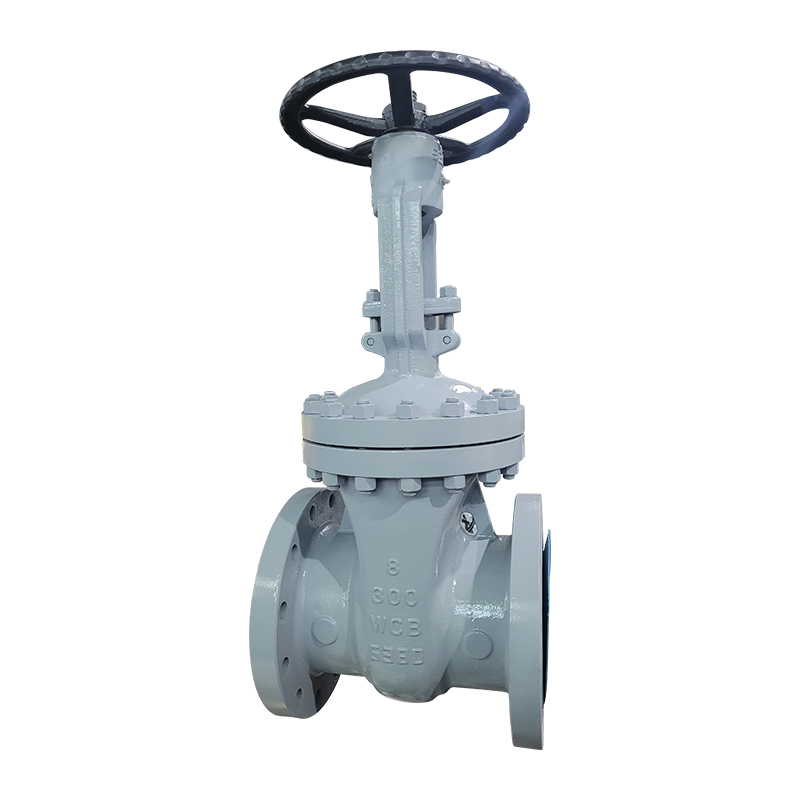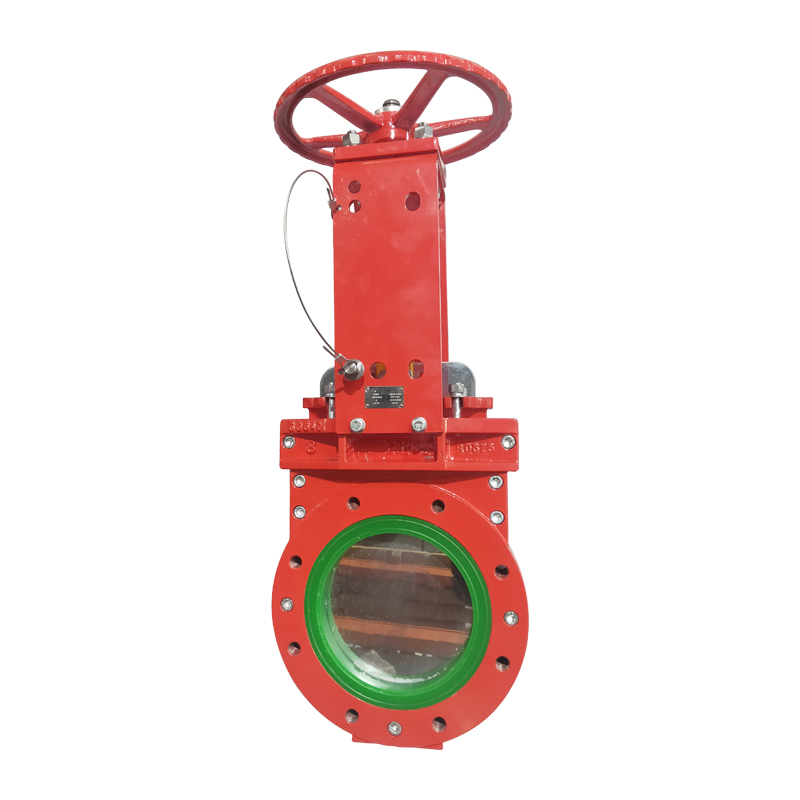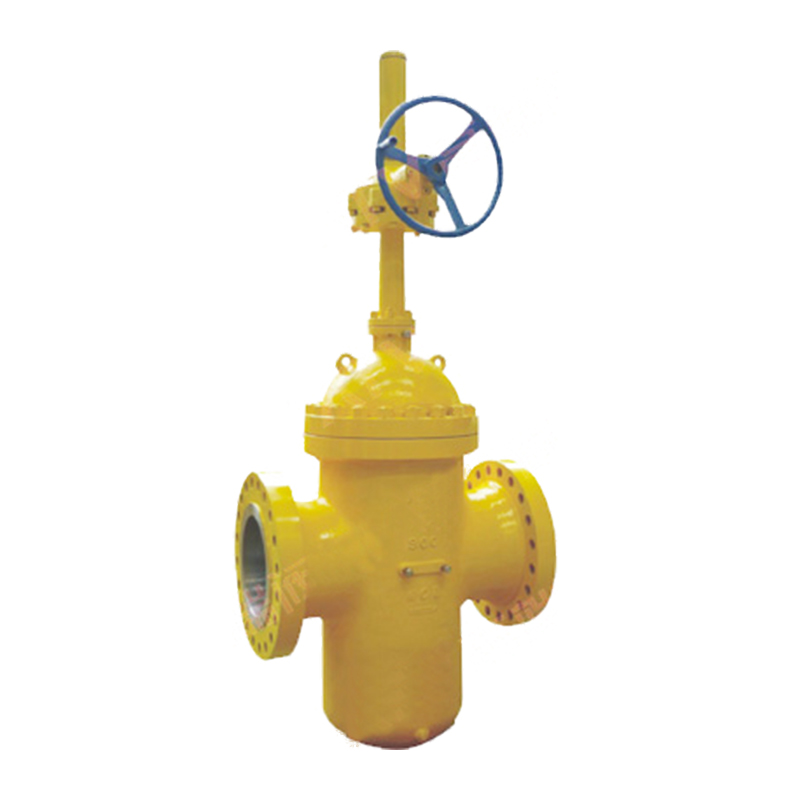The gate valve is an opening and closing gate. The movement direction of the gate is perpendicular to the direction of the fluid. The gate valve can only be fully opened and fully closed, and cannot be adjusted or throttled. The gate valve is sealed by the contact between the valve seat and the gate plate. Usually, the sealing surface will be surfacing with metal materials to increase wear resistance, such as surfacing 1Cr13, STL6, stainless steel, etc. The gate has a rigid gate and an elastic gate. According to the different gates, the gate valve is divided into a rigid gate valve and an elastic gate valve.
The opening and closing part of the gate valve is the gate, and the movement direction of the gate is perpendicular to the direction of the fluid. The gate valve can only be fully opened and fully closed, and cannot be adjusted or throttled. The gate has two sealing surfaces. The two sealing surfaces of the more commonly used mode gate valve form a wedge shape. The wedge angle varies with the valve parameters, usually 5°, and 2°52' when the medium temperature is not high. The gate of the wedge gate valve can be made into a whole, called a rigid gate; it can also be made into a gate that can produce a small amount of deformation to improve its craftsmanship and make up for the deviation of the sealing surface angle during processing. The plate is called an elastic gate. When the gate valve is closed, the sealing surface can be sealed only by the medium pressure, that is, relying on the medium pressure to press the sealing surface of the gate to the valve seat on the other side to ensure the sealing of the sealing surface, which is self-sealing. Most gate valves are forcibly sealed, that is, when the valve is closed, the gate must be forced against the valve seat by external force to ensure the tightness of the sealing surface. The gate of the gate valve moves linearly with the valve stem, which is called a lift-rod gate valve, also known as a rising-rod gate valve. Usually, there are trapezoidal threads on the lift rod. Through the nut at the top of the valve and the guide groove on the valve body, the rotary motion is changed into a linear motion, that is, the operating torque is changed into an operating thrust. When the valve is opened, when the lift height of the gate is equal to 1:1 times the diameter of the valve, the fluid channel is unobstructed, but this position cannot be monitored during operation. In actual use, the apex of the valve stem is used as a sign, that is, the position where it cannot be opened, as its fully open position. In order to take into account the locking phenomenon caused by temperature changes, it is usually opened to the top position, and then back to 1/2-1 turn, as the position of the fully open valve. Therefore, the fully open position of the valve is determined according to the position of the gate, that is, the stroke. For some gate valves, the stem nut is set on the gate, and the rotation of the handwheel drives the valve stem to rotate, which makes the gate lift. This kind of valve is called a rotating stem gate valve, or a dark stem gate valve.
Flange gate valve is a gate valve with flange connection, this connection method is the most common. Flange gate valves are stable and reliable when used in pipelines, so flange gate valves are often used in high-pressure pipelines.
Polyurethane Knife Gate Valve which makes it one of the best abrasive resistant materials. Our Polyurethane Knife Gate Valve (NSW) is full lined with high quality urethane, which far exceeds the wear-life of gum rubber and any other softer liner, or sleeve materials.
Newsway Valve slab gate valve seat adopts the structure of O-ring seals and pretightening float valve seat, the soft sealing inlays fluoroplastic, it provides the function of double sealing: fluoroplastic to metal and metal to metal. And at the same time, the fluoroplastic can remove the dirt of the gate disk.
Post time: Jan-08-2022









